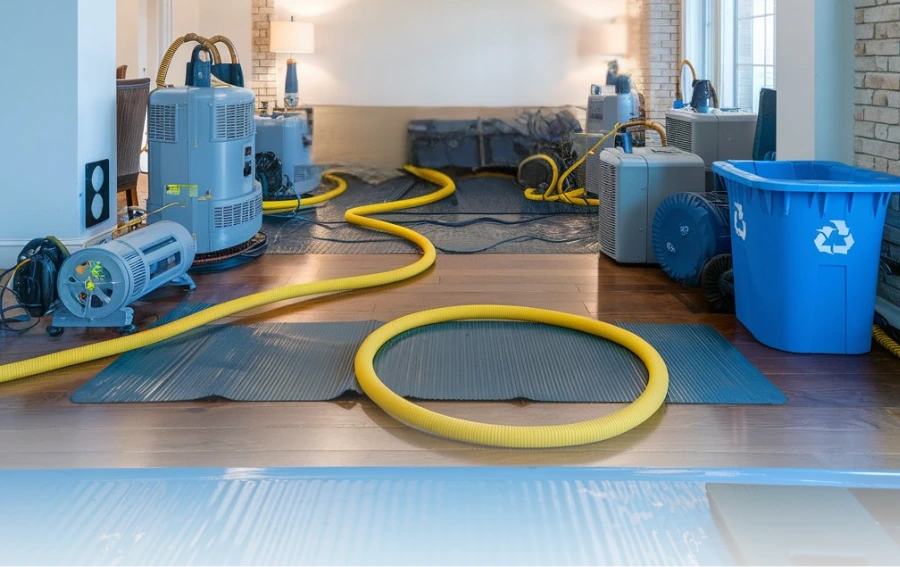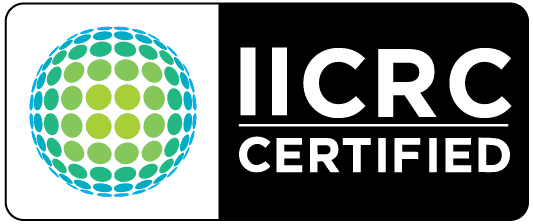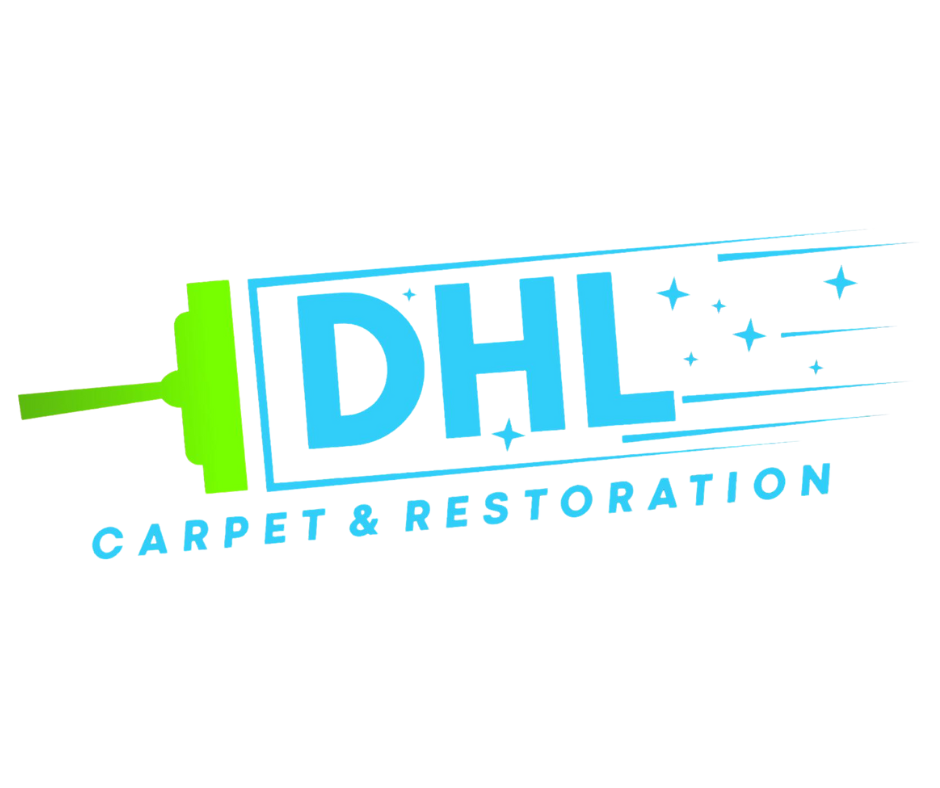Water Damage Restoration
Common Causes of Water Damage
Water damage often stems from a variety of issues. Sometimes, burst pipes or faulty plumbing fixtures cause sudden leaks. Additionally, heavy rains and natural disasters can flood basements or crawl spaces. In other cases, small roof leaks allow water to penetrate walls over time. Furthermore, malfunctioning appliances, such as washing machines or dishwashers, may flood areas unexpectedly. Identifying these sources quickly helps you protect your property.
Why Quick Action Matters
Early Signs of Water Damage
The Restoration Process


Share Your Experience with Us

Why Homeowners in Bloomfield Trust Us
Frequently Asked Air Duct Questions:
What is water damage restoration?
Water damage restoration is the professional process of assessing, drying, cleaning, and repairing properties affected by water intrusion, aiming to restore the building to its pre-damage condition.
What are common causes of water damage?
Common causes include burst pipes, leaking roofs, flooding from storms or hurricanes, sewage backups, and appliance malfunctions. These factors often lead to significant structural and aesthetic damage if not addressed promptly.
How can I identify early signs of water damage?
Early signs include visible damp spots, peeling or bubbling paint, musty odors, and warped floors or walls. Detecting these signs early can prevent further deterioration and mold growth.
Why is prompt action important when water damage occurs?
What steps are involved in professional water damage restoration?
How do professional restoration services determine the extent of the damage?
Experts use advanced moisture detection tools, thermal imaging cameras, and thorough inspections to accurately assess the affected areas and plan an effective restoration strategy.
